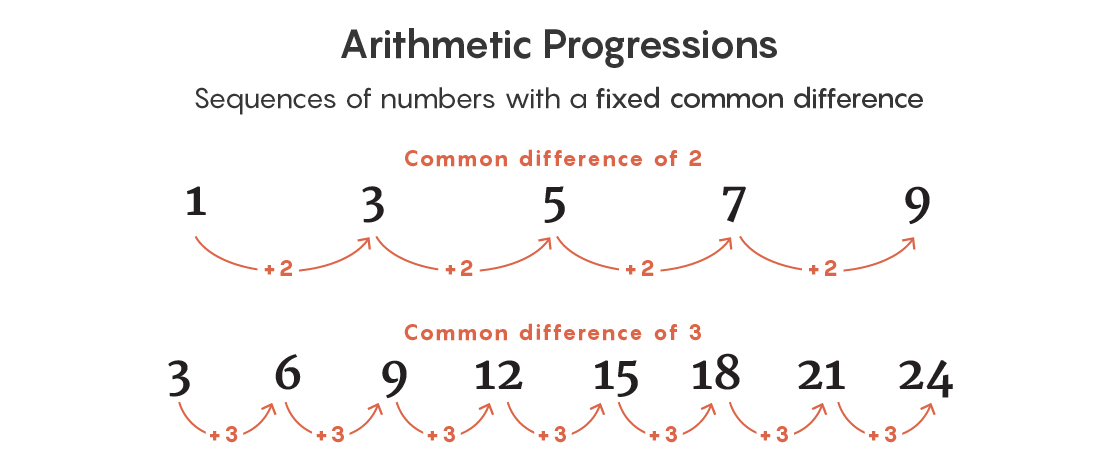What is the Correct Order of Operations?

For eating something we have to wash our hands first, next we have to take the food on a clean plate then we can eat it. After eating we wash our hands properly. These are steps followed for eating, changing this order might result in health issues. Similarly, maths also follows a well-designed order of operations for solving complex expressions and also for avoiding notational ambiguity.
Meera and Jasmine are attending the Cuemath classes. They were asked to solve 12 3 + 5. Meera solved it by first multiplying and then adding. 12 3 + 5 = 36 + 5 = 41. She got the answer as 41. Jasmine solved the same problem by performing addition first and then multiplication. 12 3 + 5 = 12 8 = 96. She got the answer as 96. But there exists only one correct answer for the given question. To avoid these uncertainties mathematicians developed a standard order of operations for solving problems involving more than one arithmetic operation.
BODMAS or PEMDAS Rule:
To clear the uncertainties in the answers of 2 girls, the teacher taught them the order of operations. 1. Solve the expressions within the parentheses or brackets. Start from the inner common bracket, then the flower bracket followed by the square bracket.
2. Solve the exponents (order of power or root).
3. Solve Division or multiplication operations. The multiplications and divisions should be performed from left to right
4. Lastly solve the addition or subtraction operations. The additions and subtractions should be performed in order from left to right.
The order of these operations can be remembered by Mnemonics. Bodmas, PEMDAS, Bedmas, and Bidmas are the different mnemonics used for the order of operations in different countries. The mnemonics differ with the different usage of terms. Ex: PEMDAS stands for Parentheses, Exponents, Multiplication, Division, Addition, and Subtraction and BODMAS stands for Brackets, Order of powers or roots, Division, Multiplication, Addition, and Subtraction. Both the rules are the same but in Bodmas they use the term brackets while in Pemdas they use parentheses. Pemdas is often memorised as “Please Excuse My Dear Aunt Sally”. Now using these rules we can find the correct answer for the above-mentioned question. 12 3 + 5 = 36 + 5 = 41. As per the order of operations, multiplication was done first and then addition. Hence the answer got by Meera was the correct answer.
Solved Examples of Order of Operations
1. Solve: 400 ÷ 5 – 13 × 4
Solution: As per the order of operations, Division is performed first.
400 ÷ 5 – 13 × 4 = 80 – 13 × 4
Next is Multiplication
80 – 13 × 4 = 80 – 52 = 28
2. Calculate: [60 – { – (3 x 6)}]
Solution: According to the order of operations, operations within common brackets are performed first. ∴ [60 – { – (3 x 6)}] = [60 – { – 18}].
Next is the flower bracket. Since we got 2 operations here, we solve the root first and then perform subtraction.
∴ [60 – { – 18}] = [60 – { – 18}] = [60 + 9]
Lastly the square brackets.
[60 + 9] = 69.
3. Calculate 2000 – (6 × 45) + 144 ÷ 12
Solution: As per the order of operations, we have to solve the operations within the brackets first. ∴ 2000 – (6 × 45) + 144 ÷ 12 = 2000 – 270 + 144 ÷ 12
Next is division,
2000 – 270 + 144 ÷ 12 = 2000 – 270 + 12
Next subtraction
2000 – 270 + 12 = 1730 + 12
Last addition
1730 + 12 = 1742
Both Meera and Jasmine understood the concept of order of operations explained by the Cuemath teacher very well. They are able to solve complex expressions with ease after attending Cuemath classes. If you want to learn well like Meera and Jasmine then log on to the Cuemath website for more details.







